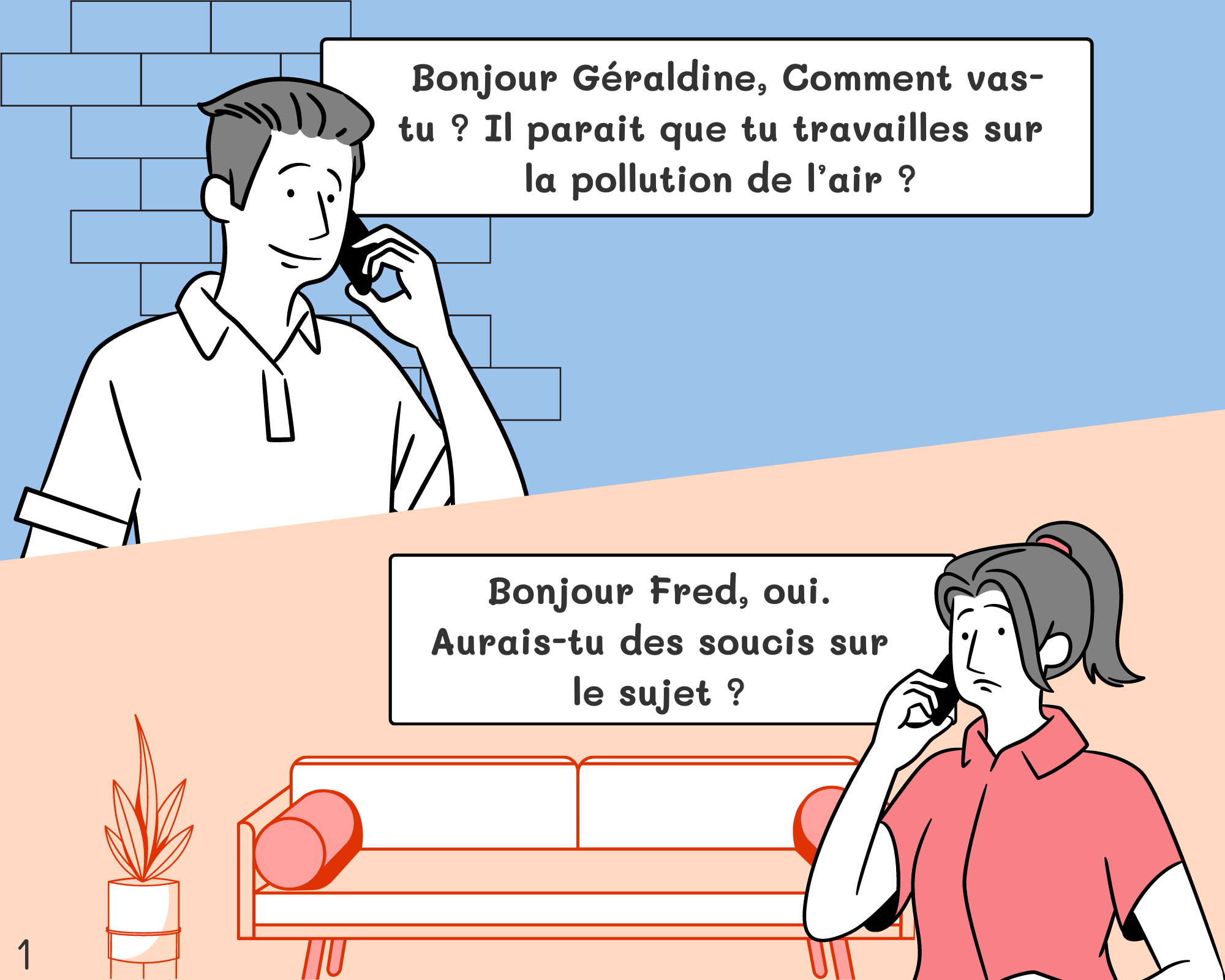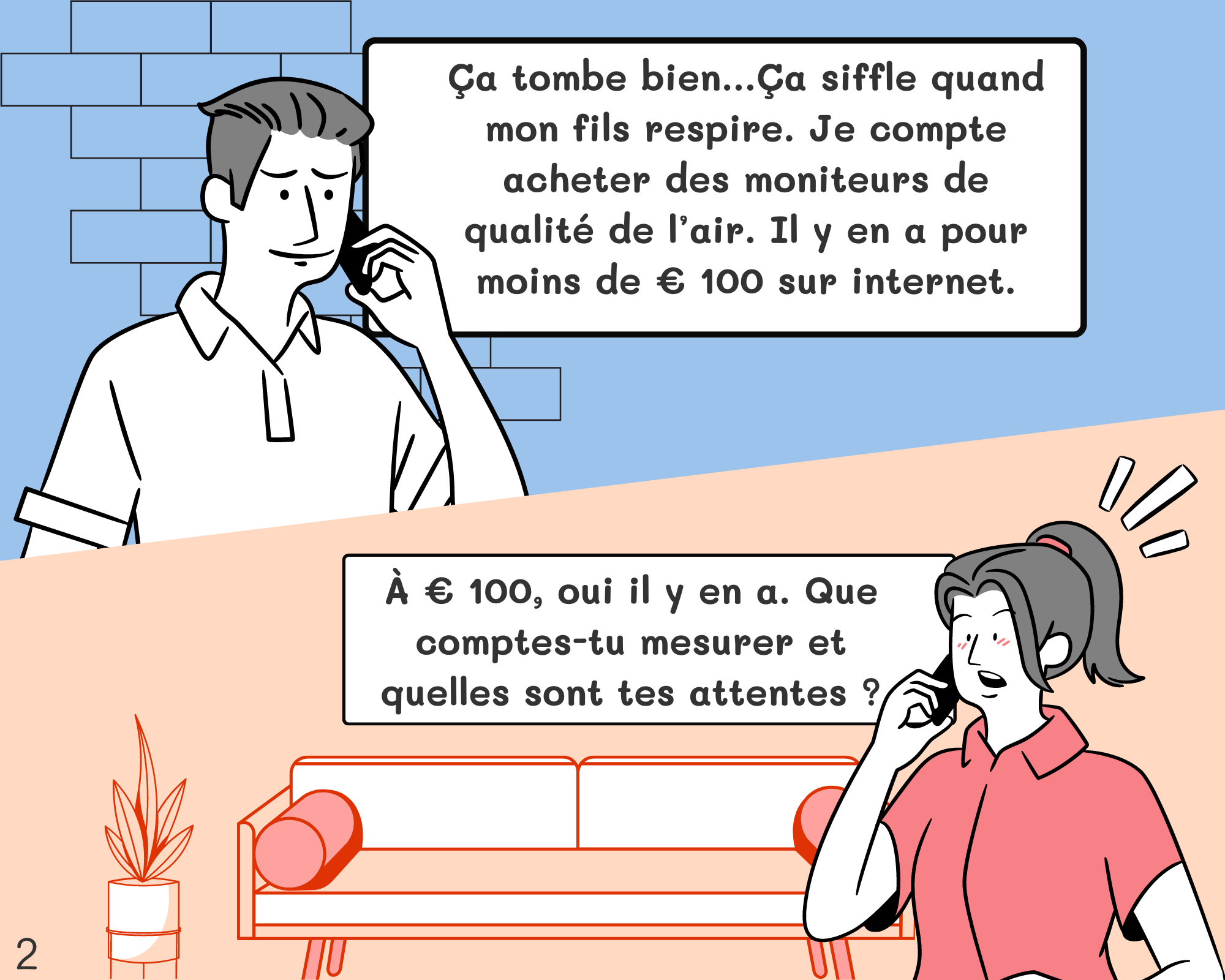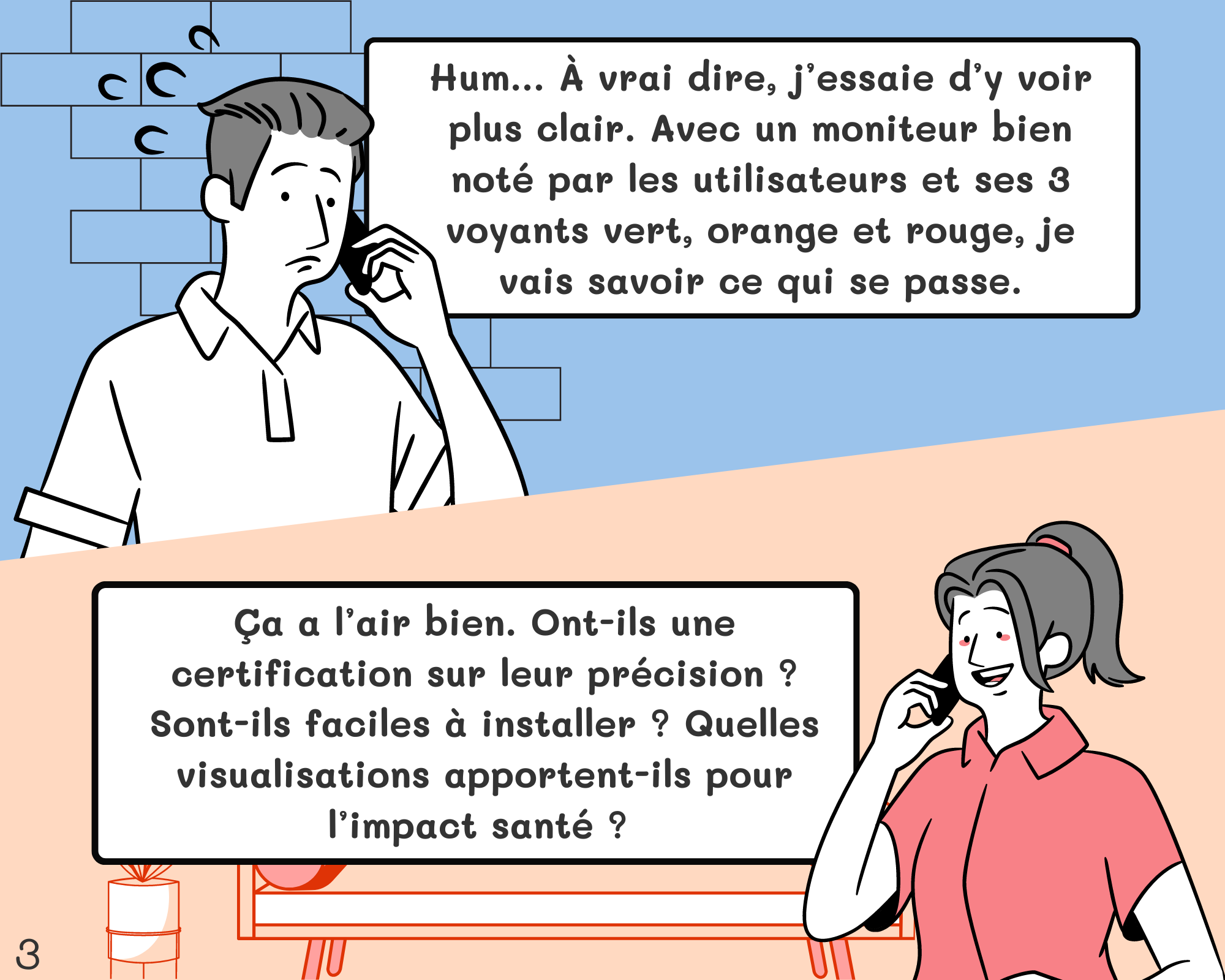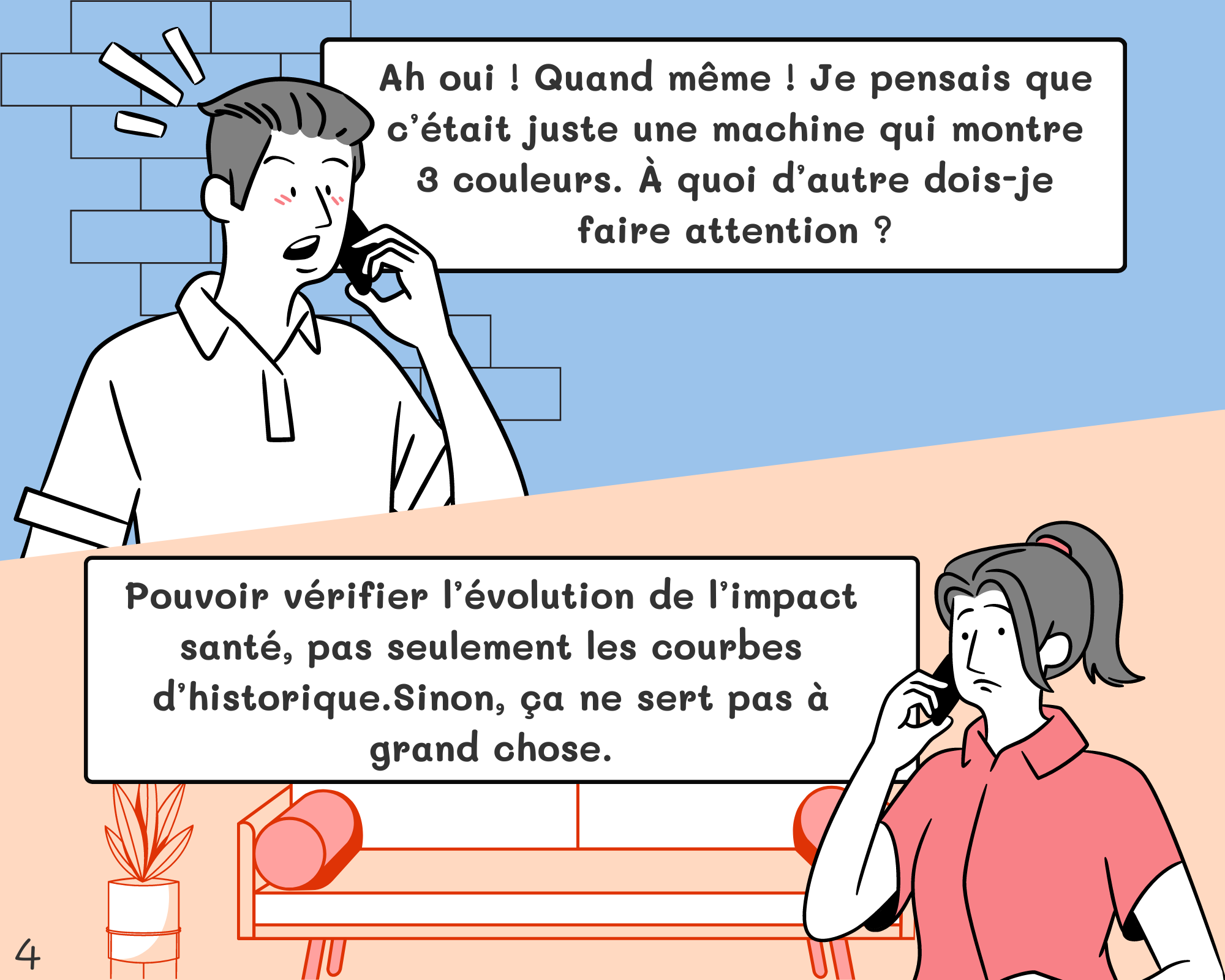



En ce début d’année, je vous souhaite une excellente année 2022. Je suis très optimiste pour le futur, après ces 2 dernières années mouvementées que nous avons passées.
La crise sanitaire est omniprésente et nous fait repenser toutes nos habitudes. La logistique des personnes et des marchandises subissent désormais de nouvelles pressions. L’idée de potentiellement avoir n’importe quel objet, très rapidement, et à faible coût, nous induisait en erreur, en nous laissant penser que cela n’avait qu’un faible impact sur les ressources de notre planète.
La loi anti-gaspillage en France, est un exemple de la prise de conscience globale de notre impact sur la planète. Limiter l’usage du plastique à usage unique est une étape nécessaire. D’autres initiatives suivent. Elles contribuent à la neutralité carbone, et impacteront positivement la vie de nos enfants …
Cet avenir, nous le construisons maintenant, avec nos choix.
L’année 2021 a été particulièrement importante pour l’équipe meo grâce à l’atteinte de plusieurs objectifs :
On parle beaucoup de moniteurs, car ils deviennent un moyen simple de limiter le risque Covid*. Sont-ils tous équivalents ? Il y a en fait 2 attitudes lorsque vous achetez des moniteurs. Que souhaitez-vous faire ?
Communiquer sur le nombre de moniteurs déployés ?
> N’attendez pas grand chose des moniteurs de CO2 sans historique, ni recalibration
Communiquer sur l’amélioration de la qualité de l’air pour les utilisateurs ?
> Choisissez meo mini, pour ses historiques complets, ses analyses, et ses tableaux de bord
* La mesure du CO2 permet d’évaluer le niveau de ventilation en fonction du nombre de personnes dans une pièce.
Besoin de réduire le risque Covid ? Parlons-en, et avançons !
As 2022 starts, I would like to wish you a fantastic new year. I am very optimistic for the future, after those 2 bumpy years.
Covid crisis is affecting everybody. It is reshaping all of our ways of living. Supply chain is under pressure and logistics is quite rough: travels are subject to inbound/outbound countries regulations with sudden outbreaks, when goods have delays because of container shortage causing increased cost. The idea of potentially getting anything you want, quickly, cheaply, doesn’t factor in all the pressure on our planet’s resources.
The anti-waste law in France is one example of the action taken by the French government to tackle one the ever-growing issue of single use plastic. More initiatives and laws are coming in favor of carbon neutrality, which will positively affect our childrens’ future.
We build this future now, with all our decisions and achievements.
In this regard, meo team has achieved key milestones in 2021:
As there is a lot of buzz about air quality monitors, as it’s an easy way to limit viral propagation*, Covid included. There are 2 ways of looking at it, once you have CO2 monitors. Which one would be yours?
Communicate on the number of purchased monitors?
> Have low expectation with short-lasting CO2 monitor
Communicate on air quality improvement for occupants?
> Go for meo mini: full history and analysis available on any browser
Do you need to communicate how safe your spaces are? Let’s make it a reality, and move forward.
* Measuring CO2 is a key tool in managing ventilation level relative to the people in a room.
Schools have started for at least a month in most countries. We, as parents, are excited to have them enjoy in-person school life. But fears of COVID-19 linger in the back of our heads. Children are in closed environments most of the day. Scientists have said “masks + ventilation” are the key most important measures to control the spread of COVID-19 in schools. Masks can be controlled and teachers are on top of this. But how can school administrators know ventilation is adequate? how can parents be reassured about safe air in our children classrooms?
At meo we designed a new deviceto answer this problem. We are happy to announce the launch of ‘meo mini‘: the ideal device to monitor safe air in schools. This solution is an air quality safety system which includes a monitoring device, and a software solution to ensure safe, healthy and productive spaces.
How does it work?
Through air quality monitoring, meo mini monitors ventilation efficiency in an indoor space. It alerts of any issue through light notification and email, before it becomes a problem. It tells you exactly which classroom or space needs to have windows and doors open to flush risk away, and how much time those openings are required. Daily alerts and monthly statistics provide reassurance for teachers and parents.
How is the device?
Meo mini is a small device that can be placed anywhere in a classroom walls. It’s a Plug&Play solution with an embedded sim card using its own LTE network, which allows installation simplicity and high security. Powered through battery or USB-C.
How can a user access the air quality measurements?
A visual color coded display on the device is the first step of alert to know if ventilation is occurring in a closed environment. The device also connects to a system platform that sends notifications and alerts with options for remedial actions to be taken. The platform can also be accessed by administrators to identify patterns in time and root causes. This feature empowers them to take actions to reduce their exposure sustainably, and bring wellness into their space.
With Meo mini, air ventilation can be monitored and both parents and teachers can rest assured the classroom is a safe environment!
Tic Toc … It’s not a typo when referring to the “Tik Tok” app. It’s the French way to name the clock ticking, and time passing.
After 14 years in Hong Kong, it’s time for me and my family to move back to France.
Hong Kong is ✨magic!
We need to keep in mind that living in Hong Kong is a privilege. Hong Kong fosters successes (6 Ss) with:
Hong Kong is making our life so easy, we don’t want our ?kids to feel this is standard around the world. Because it simply isn’t the world standard. They need to feel how the real world feels like and get to appreciate it.
Supporting new ?ventures
Hong Kong was a great place for me to transition from my trading roles at Société Générale to my personal quest for cleaner air that morphed into meo. I got back to my electronic studies and soldering iron to design the 1st hardware with its embarked software. I worked with Pierre, CTO, who designed the cloud software side, with security, privacy and scalability in mind. From working in a corner of my bedroom to different offices in Sheung Wan, then in Soho.
Last September, we were selected by Hong Kong Science and Technology Park #HKSTP at the heart of the Greater Bay Area. So we moved our office to the ?“Material and Precision Engineering” cluster.
Hong Kong office will keep the responsibility of:
Meo Asian business will be supervised by Michael Horman, former Partner at Baker McKenzie. Michael has been involved in meo daily activities for the last 3 years. Michael will oversee meo business development in Asia, with the support of the current local team.
Expanding to Europe
Demand for cleaner air is increasing. This is a direct effect of ?Covid making the air we breathe a major focus.
Meo decided to #ChooseFrance for its Paris office, and answer the regional demand:
Safe air in ?schools!
How to reduce the covid risk in schools and office space?
We are launching “mini-meo” to answer this, with simple installation:
Hong Kong – Paris – Washington
Michael (michael@meo.life) is based in Hong Kong.
I (saketaram@meo.life) will be based near Paris.
Maria (maria@meo.life) is based in Washington. She handles the communication globally.
Do not hesitate to contact us about air quality in your school, office or retail space.
Contact: hello@meo.life
Soundtrack:
Wuxia2_Orchestra by PeriTune | http://peritune.com
Attribution 4.0 International (CC BY 4.0)
https://creativecommons.org/licenses/by/4.0/
Music promoted by https://www.chosic.com/
As life is adapting to a new “normal”, schools need to stay open to allow children to build their own identity through learning and social interactions.
Parents, teachers and students will go through tremendous anxiety thinking about the airborne risks that may await them in school. In order to reduce Covid risk in classrooms and any indoor places, it is necessary to check they are not underventilated.
Showing how fast issues were solved…
Meo air analytics newest monitor “mini-meo” will be available from September 2021. It ensures air safety in the premises, with alerts as soon as problems arise, and dedicated advice to remediate. You can then communicate and reassure staff, students and parents on air quality for any time since the installation of the monitors.
“Mini-Meo” is specially designed with dashboards to objectively reduce Covid-related risk:
How to reduce Covid risk?
Covid risk is higher in indoor places where the air is not enough renewed. [link to research]
Virus risk can be reduced with proper ventilation levels. They can be monitored through dedicated KPIs (Key performance Indicators) to adjust BMS (Building Management System) rules to ensure air circulation and appropriate ventilation.
It is easy to install, cyber-secure and the purchase of the monitor includes a 3 year data plan (sim card with data included) with wide access to air analytics!
As some countries start slowly to go back to work in offices, it’s probably time to think about the air we breathe in subways. We have learned so much about indoor air quality throughout this pandemic that we should probably check few things in our local subway system to assess its air quality. From studies conducted few years back we know that in average people spend 30-40 min in metros, time in which they are exposed to harmful air pollutants from components in the subways and from air pollutants that are brought in through the ventilation system.
An assessment from 2017 that looked at more than 160 studies from 20 countries found that airborne bacteria, particulate matter, aromatic hydrocarbons and carbonyls were the main pollutants in all metro systems. It’s estimated that more than 120 million people used the subway every day before the pandemic. In fact, the use of metros have been encouraged as a way to reduce outdoor air pollution, it has always been the smart, efficient and environmentally friendly way to commute.
However, studies have shown that the exposure to air pollution from point A to point B is higher when done in a subway than walking or in trams, but lower than in buses. Studies have also shown that some stations have very poor air quality but others have demonstrated to comply with the European PM2.5 air concentration limits. Suggesting it is possible to have stations with acceptable air quality. It is not clear if the PM prevalent in subways is more toxic than outdoor PM and very little information is out there on the long-term effects of subways’ air quality.
In essence, the source of subway PM comes from the train wheels, brake pads, steel rails and power-supply materials. And is affected by the ventilation, outdoor air supply, depth of station, date of construction, train frequency and the existence of screen-door systems.
Comparison between stations with better air quality and those with poorer air quality shows that changes can be made to improve things. For example, changes in train speed, type of ventilation, the implementation of screen-doors and the use of air purifiers are all positively impacting air quality in subway stations.
If some stations can have acceptable air quality, this means that constant air monitoring can lead to effective changes that will benefit those millions of subway users.
Open Edition Journals- Commuting by subway? What you need to know about air quality
Science Direct- Air quality inside subway metro indoor environment worldwide: A review.